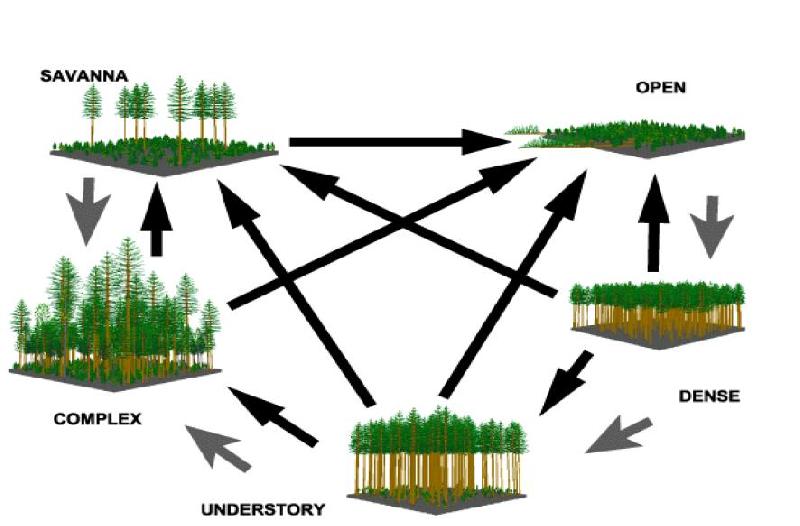What is Forest Management?
Forest Management is the art and science of manipulating trees to produce a desired condition or product that benefits the landowner while protecting wildlife and aquatic resources and ensuring a viable timber resource in the future. It is the Forestry Division’s goal to manage Lummi forests according to the above definition.
To achieve this goal, some essential forest management techniques need to be done throughout the life of a stand. For example, following reforestation, it is essential to conduct at least one "release treatment" to ensure planted seedlings are not outcompeted and killed by invading brush species.
A release treatment involves eliminating all grass and brush species growing within a 5-10 foot radius of each seedling and may be done manually or with herbicides. This ensures that the seedling will get all the water and light it needs to grow.
As these seedlings continue to grow into larger trees, they will begin to compete with each other for light and water. To reduce this competition and maintain maximum growth rates, a pre-commercial thinning (PCT) will be required around age 10-15. A PCT involves cutting out all the smaller, less competitive trees so that growing space is given only to the best, fastest growing trees. At around age 65, these trees will be big enough to produce commercial forest products which can provide significant income.
Below, you will find a helpful diagram that shows the various stages of forest development. As you can see, there are 5 distinct stages with many different development pathways.
Which one do you have on your property?

Stages of Forest Development.